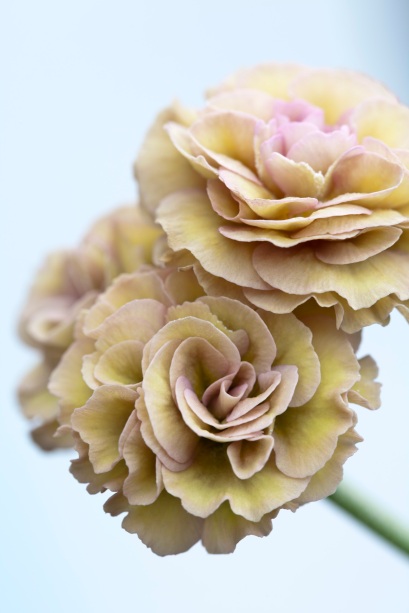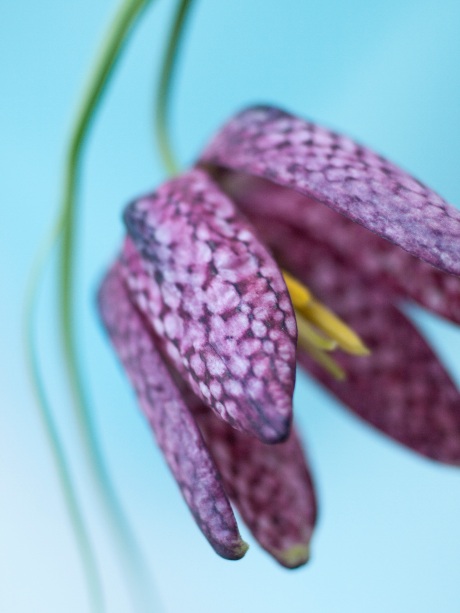Painterly Plants
Our book, Painterly Plants was published in 2012. The book started life as a series in House & Garden, with a plant a month published over the course of the year. I spent many intriguing hours in the Lindley Library researching the articles and realised there was so much more to say than the 1000 words I had for each piece, so worked with photographer Sabina Ruber to turn the articles into a book.
The original idea for a series on Painterly Plants came from seeing two sets of Sabina’s incredibly beautiful photographs – hellebores and auriculas. It struck me that they looked almost like works of art in themselves, as if someone had literally come up and worked on them with a paintbrush. That got me thinking about the link with botanical art, and how they had been portrayed in art over the centuries – and the idea was conceived. The book contains 14 of nature’s most exquisite flowers, photographed by Sabina, with potted histories of each. Where possible I have traced each history through the medium of art from ancient herbals to nineteenth-century botanical paintings, and show how in some cases art was absolutely crucial in documenting the evolution of a hybridised and therefore ever-evolving plant. Each chapter has a key botanical work to introduce the plant.
But the stars of this book are Sabina’s photographs, which shine out like jewels from the pages. These are a form of art, too, and they capture each flower in almost unbelievable detail, making you want to rush out into the garden to look again at the wonders that nature can produce. Sabina tracked down specialist growers who allowed her to photograph her collection, so she captures some of the most unusual and exquisite plant varieties available.
Most of the plants we cover in this book are hybrids – that is a plant altered by cross-fertilisation with a plant from the same family either by nature (accidental ‘sports’) or by man’s intervention. These hybrids or cultivars are the show-pieces of the garden, the plants that have been bred for colour, performance or both, and they are literally breathtaking. A plant’s propensity to transform when cross-fertilised with another, is fascinating. Described as being variable, some plants are much more genetically unstable than others, with a tendency to change dramatically from one generation to another when cross-pollinated.
The dahlia is the most extreme example of this, as it is octoploid, with eight chromosomes as opposed to the more normal two, and this was why it changed so swiftly and dramatically from the wild single form shown here in an 1804 painting to the weird and wonderful spheres, pom poms and frilly affectations that we know today.
There is one flower in the book that does not have this tendency to freely cross-fertilise, and that is the fritillary. Most of the forms shown in the book are straight species, as opposed to altered or improved forms. But the natural beauty of some of the the fritillary species, with their delicate chequered markings, shines out dramatically. Who needs to improve on this?
Painterly Plants isn’t an academic tome, nor is it a coffee table book. I hope it is book that people will want to pick up and feel and pore over, beguiled by the amazing photographs. But I also hope it gives people a little insight into some of our best-loved flowers, telling the stories of how they evolved through history, how they were discovered in foreign lands and brought back to Britain, and how the different forms were painted again and again throughout history to leave us with a fantastic visual documentation of plant history.
Painterly Plants is published by Merrell Publishers and available in all good bookshops or online.






